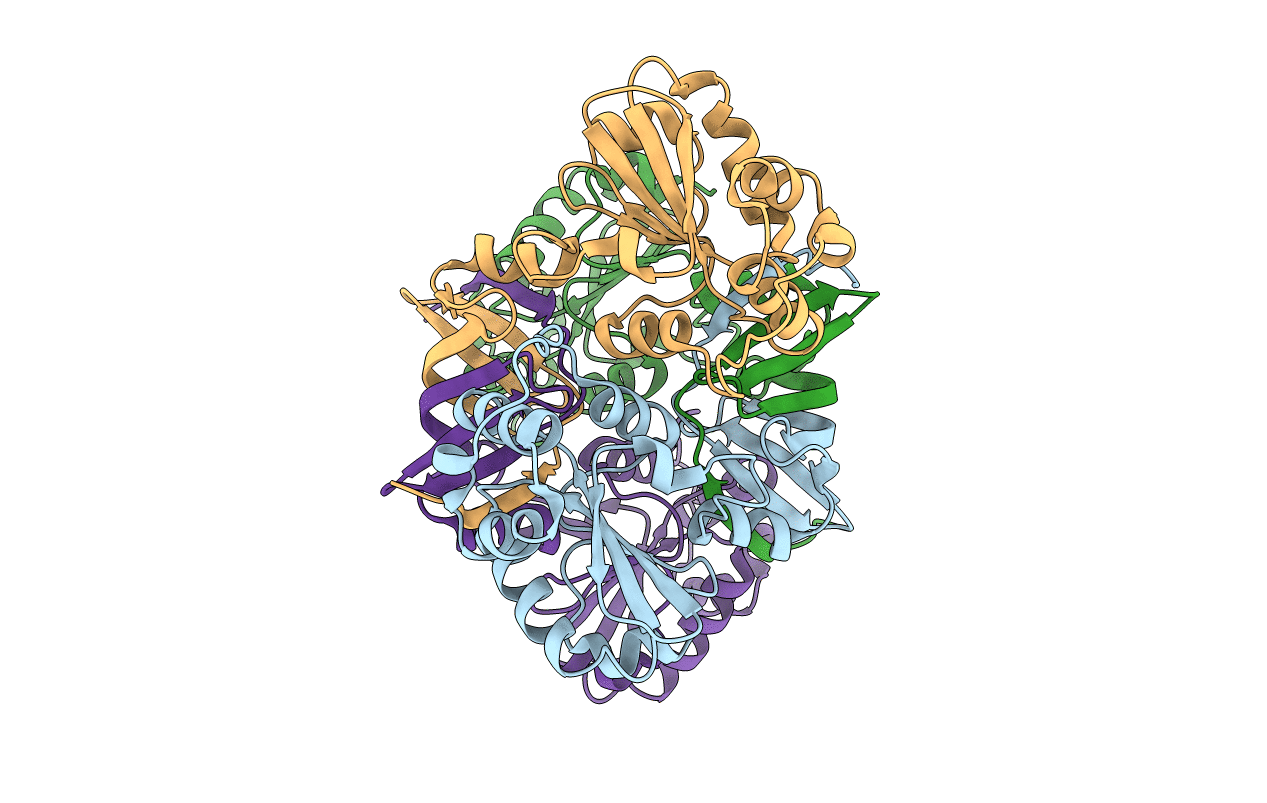
Deposition Date
2013-09-06
Release Date
2013-12-11
Last Version Date
2024-10-16
Entry Detail
PDB ID:
4ML1
Keywords:
Title:
Disulfide isomerase (DsbP) from multidrug resistance IncA/C transferable plasmid in oxidized state (P212121 space group)
Biological Source:
Source Organism:
Klebsiella pneumoniae (Taxon ID: 573)
Host Organism:
Method Details:
Experimental Method:
Resolution:
1.98 Å
R-Value Free:
0.24
R-Value Work:
0.19
R-Value Observed:
0.19
Space Group:
P 21 21 21


